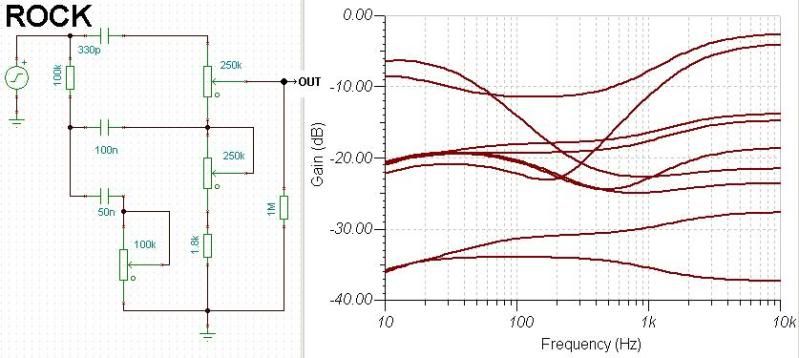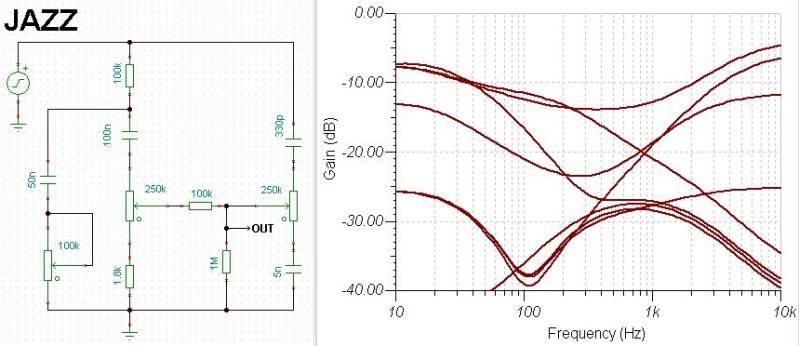Hello, I have been researching the Hypex, Modulus, and Purifi Class D amps. Unfortunately, some parts are too technical for me to understand with way too many models, and I was wondering if I could ask for some advice. I am currently looking to drive a pair of KEF R5 floor standing speakers rated at 15-200w at 8Ohms, but the speakers are at 3.5-5Ohms from 100-1kHz.
1) The speakers have 4 posts, and I assume that means HF/LF plugs, which I will call AB(HF) CD(LF), +/- respectively for the Left speaker and EF(HF) and GH(LF) for +/- Right speaker. For this setup, which models of the three brands above would suffice?
2) In a regular listening session for those "8Ohm" rated speakers, and I understand that term is relative for everyone, what is the range of WPC that would be used: 15-30WPC, 20-50WPC, 35-75WPC?
2b) What is "reference level listening volume" WPC for a 200w rated speaker?
3) I believe I read that the range where impedance drops lowest, is a very important range of frequency for human ears, so would I be rather looking at 4Ohm performance metric over the 8Ohm?
4) At some point, I will upgrade to a pair of KEF Reference 3 or Tekton's. When I upgrade to those speakers, I figured that I would add another of the same amp to "monoblock." This is where things get even more confusing for me. It seems those speakers should be "paired" with a 4Ohm amplifier. How do I "switch" the power for 4Ohm, or is that done automatically?
4b) How would I know that I am getting the 4Ohm driven sound which - allegedly - is a smoother experience, if there is no independent "4Ohm tap?"
5) If I "monoblock" the amp, and lets say that it is a Modulus-286, will I be "bridging" it, "bi-wiring" it, or "vertical-amping" it? Please feel free to correct to the most relevant amp for my cause.
5b) What are the problems or benefits in changing the stereo amplifier from original configuration into a single speaker function? I don't know if those 3 brands allow for such a function. I figure, AB goes into HF of left speaker, and CD goes into LF of left speaker, while the EF goes into HF of right speaker, and GH goes into the LF of the left speaker. Please let me know if I have that very wrong.
6) Again, if you look at Modulus-286, it says 65w at 8Ohm or 125w at 4Ohm. Is that for both channels?
6b) What is that in 1 channel (monoblocked)?
6c) In case of the higher grade speakers needing 400+WPC, will my minimum WPC used for "normal listening" increase from the above metric to a lot more, ie 100-200WPC? And since they need 4Ohm, actually 200-400WPC spec?
Thank you in advance and I apologize if this makes all your brains hurt from utter incompetence. Trust me, I know how you feel. Imagine your level of distaste, as that is the level of my confusion after months of trying to decipher things. And if the forum could, please try to dumb it down to a layman speak so that I can takeaway some meaningful parts. I appreciate any insight and advice you guys could offer.



